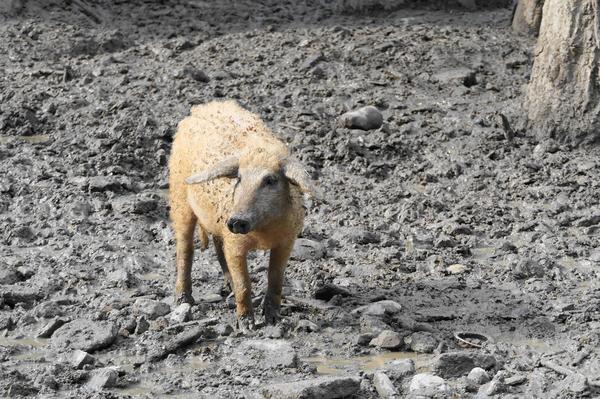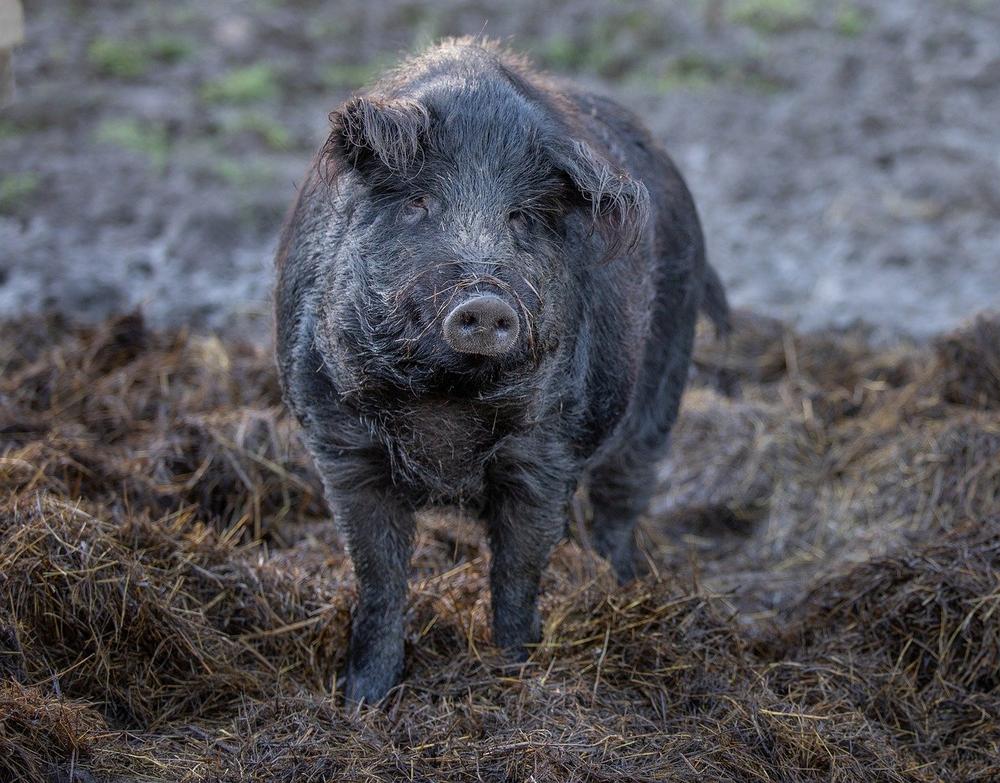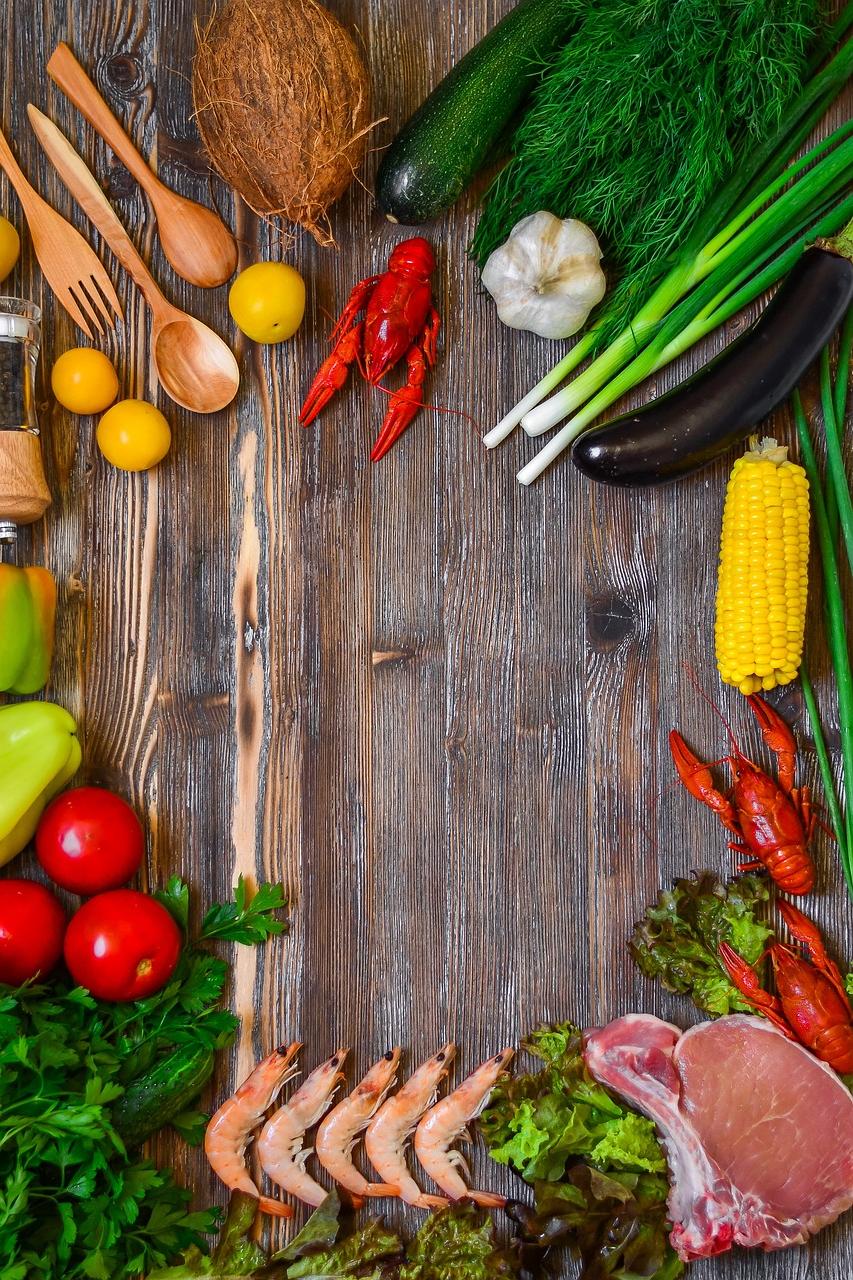Mangalica Pigs: The Complete Guide (Breeding, Care, and More)

Are you dead-set on starting a successful mangalica pig farm?
Got that fire in your belly, that determined spirit? 🔥
Well. buckle up and get ready to dive deep into the complete guide.
Let's hit the ground running, shall we?
Breeding Mangalica Pigs: A Complete Overview
Breeding Mangalica pigs is an interesting and rewarding endeavor. Before you dive into this unique breeding process, you must understand the different mating systems involved.
Here are some key points to consider:
- Natural service: This is the traditional method of breeding, where a male pig is directly introduced to a female pig for mating. It allows for natural behavior and instincts to guide the process.
- Artificial insemination: In this method, sperm from a male pig is collected and inserted into the reproductive tract of the female pig. It offers more control over genetic selection, as well as the ability to use superior genetics from distant pigs.
- Breeding age: Mangalica pigs typically reach sexual maturity at six to seven months. You should wait until they have reached this stage before attempting to breed them.
- Litter size: On average, Mangalica pigs can produce a litter of 5 to 10 piglets. However, exceptional cases have been recorded with up to 25 piglets being born.
- Population decline: Due to historical events and failed preservation efforts, the population of Mangalica pigs experienced a significant decline. In 1991, only 200 of these pigs remained, making their preservation even more crucial. 😊
By understanding the different breeding methods and key factors in Mangalica pig reproduction, you will be better equipped to engage in successful breeding practices.

Good luck on your breeding journey!
Main points I'll expand upon further down this article:
- Mangalica pigs have thick woolly coats, reach a height of 70-90 cm, and live for 15-20 years.
- They are easy to handle, calm, hardy, and adaptable to cool climates.
- Regular hoof trimming, veterinary checkups, and vaccinations are essential for their care.
- Providing appropriate housing with shade, warmth, ventilation, and cleanliness is crucial.
- Mangalica pigs can be trained, exhibit emotions, and form bonds with humans.
- Considerations include protection from predators, adequate space, legal permissions, and benefits in the garden.
- Mangalica pigs are a rare breed with distinct characteristics and delicious meat.
- They were historically bred for the Austro-Hungarian Empire and dominated the European lard market.
- Feeding them real pig pellets, grass, and providing ample water is important.
- Raising mangalica pigs can be profitable with proper knowledge and dedication.
But wait, there's more to raising Mangalica pigs than just breeding!
Keep reading to discover the specific dietary requirements, unique characteristics, and emotional capabilities of these fascinating creatures.
You won't want to miss this valuable information for their wellbeing and your success in pig farming.
A Comprehensive Manual for Mangalica Pig Care
Mangalica pigs, they're interesting creatures with their own special needs.
Let me break it down for you:
- You gotta watch their diet carefully, no skimping on this! Mangalica pigs need the right amount of protein and vitamins to stay healthy at every stage of life.
- These pigs are easily recognizable by their thick, woolly coats and they can reach a height of 70 cm to 90 cm when they're all grown up.
- Here's something impressive: Mangalica pigs live a long time, about 15 to 20 years! They really thrive in cooler climates, so take that into account.
- Don't forget about hoof and dewclaw maintenance, my friend. Regular trimming is a must. And let's not ignore those veterinary checkups and vaccinations!
- When the weather gets warm, these pigs start shedding hair like crazy. Grooming becomes crucial during those seasons.
- You've got to provide proper housing for them, my friend. This means shade for hot days, warmth during winter, good air flow, and cleanliness too. Keep 'em happy.
- Believe it or not, Mangalica pigs can be trained and they even experience emotions like grief. But they can get pretty bored and grumpy if they're lonely or uncomfortable.
- These pigs can become great pals with humans, especially kids and other pets. There's nothing like a harmonious bond between a Mangalica pig and a human, I tell ya!
- Make sure to protect these little buddies from predators and bad weather. Give 'em plenty of space to explore and don't forget to follow the rules and get any necessary permissions.
- Taking care of Mangalica pigs might demand your attention every day, but trust me, it's worth it. It can actually turn out to be a smart investment because they help with weed control and fertilization.
Well, there you have it!
A complete guide to caring for Mangalica pigs.
I hope you find it helpful, my friend!
Now, here's the deal...
While we've covered the basics of caring for Mangalica pigs, there is still so much more to explore.
Want to know the best part?
We're delving into the fascinating world of inheritance patterns and coat color variations in these unique creatures.
Get ready to uncover the mysteries that lie within their genetic makeup...
Understanding Mangalica Pig Genetics
| Aspect | Features |
|---|---|
| Coat color | Mangalica pigs can have various coat colors, including blonde, red, swallow-bellied, and black. |
| Coat type | Mangalica pigs have a woolly, curly, or wavy coat that helps them thrive in cold climates. |
| Body size | Mangalica pigs are medium to large-sized, with a sturdy and muscular build. |
| Physical characteristics | They have a robust head, drooping ears, and a thick layer of subcutaneous fat. |
| Behavior | Mangalica pigs exhibit dog-like behavior, being very friendly, curious, and intelligent. |
| Ancestry | Mangalica pigs share a common ancestry with Turopolje pigs, but their relationship with wild boars is still uncertain. |
If you're a breeder aiming to achieve specific coat colors in Mangalica pigs, understanding their genetics can be absolutely captivating.
Seriously, there's so much more to these pigs than meets the eye.
Mangalica pigs are incredibly rare and are considered a heritage breed.
They are famous for their distinct features and delectable meat.
They come in four different types, each with its own unique color and appearance.
Black and blonde are the most common options.
Their snouts are long and dark, while their ears can either droop or point upward.
Just like people, they also vary in size.
Adult males typically weigh between 68 kg to 77 kg, while females range from 64 kg to 73 kg.
But it's not just about how they look or their size.
These pigs have personalities that resemble our furry canine friends—they're friendly, intelligent, full of energy, sociable, gentle, and an absolute blast to be around.

Now, when it comes to their genetics, Mangalica pigs have a fascinating story.
The breeding of these pigs dates back to the late 1700s, when Serbian pig breeds were combined with extinct Carpathian Basin pig races.
And here's something intriguing: comprehensive genetic analysis has revealed some similarities among different Mangalica pig strains, although slight differences may exist between countries.
Believe it or not, studying evolutionary relationships through phylogenetic analysis suggests a potential shared ancestry between Mangalicas and Turopolje pigs—both of which have curly coats.
However, the connection between Mangalica pigs and wild boars is still uncertain.
It's like a little mystery waiting to be solved by scientists.
So, if you find yourself surrounded by these charming curly companions, take a moment to admire the complexity hidden within their genetics.
You never know what fascinating discoveries lie ahead. 😃
The Importance of Proper Feeding for Mangalica Pigs

Feeding Mangalica pigs right is super important for their well-being. Let's break it down:
- A good diet helps them grow faster, improves the quality of their meat, and increases litter size.
- These pigs have normal teeth, so they eat pretty much anything without being picky.
- But be careful with certain foods that could make them sick. Stick to pig pellets, the real deal.
- Giving them access to grass is also great for their in essence health.
- Water, water, water! They need a lot, especially in hot weather.
- Make sure their food is packed with energy, low in fiber, and high in protein. That's what grows 'em best.
Thinking about starting your own Mangalica pig farm or just want to learn more?
You should check out the ebook "How To Raise Mangalica Pigs". It's got all the info you need on feeding, housing, and everything else you'd want to know. 🐷
The Sustainable and Profitable Benefits of Mangalica Pig Farming
Mangalica pig farming is a sustainable and profitable option for you to consider.
Here's why:
- Efficient food waste conversion: These pigs have a special talent for turning leftovers into valuable pork products. This not only reduces waste but also promotes sustainable agriculture.
- Versatile feeding options: You have the flexibility to raise them commercially or organically. They can eat plants and get exercise, which makes them healthier and improves the quality of their meat.
- Utilization of food surplus: By raising Mangalica pigs, you can efficiently use up excess food that would otherwise be wasted. It's an environmentally friendly choice for farmers like you.
- Quick returns with proper management: If you approach it with knowledge, dedication, and the right equipment, raising these pigs can bring you fast financial benefits, just like other swine.
- Eco-friendly farming practices: Mangalica pigs thrive in free-range environments and don't require much chemical intervention or antibiotics. This means you can promote sustainable and natural pig farming.
Considering these sustainable and profitable benefits, you can make informed decisions about whether investing in Mangalica pig farming aligns with your agricultural goals. ⭐
Marketing and Selling Mangalica Pig Products
Consumer demand for heritage and rare breed meats is on the rise, presenting a lucrative market opportunity for Mangalica pig products. A Mangalica piglet can cost anywhere between $75 and $300, making it an affordable investment for farmers looking to tap into this premium market segment.
Furthermore, mixed breed Mangalica pigs have the potential to fetch high prices at auctions, attracting fellow farmers seeking quality breeding stock.
By meeting this growing demand, farmers can not only capitalize on the financial benefits but also contribute to the preservation of these unique and cherished breeds.
And that's all for today folks.
You've reached the end of my blog post! I'd love to hear your thoughts. I worked incredibly hard to make this post as informative and valuable as possible. It takes a considerable amount of time (which I enjoy) to gather all the information. That's why it would mean the world to me if you could help spread the word by clicking on any of the social sharing icons to share this post with others. Your support is greatly appreciated. Thank you!
Until next time,
-Chris Campbell